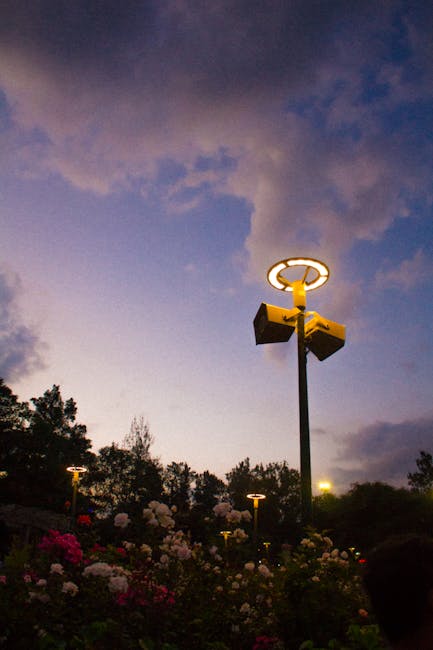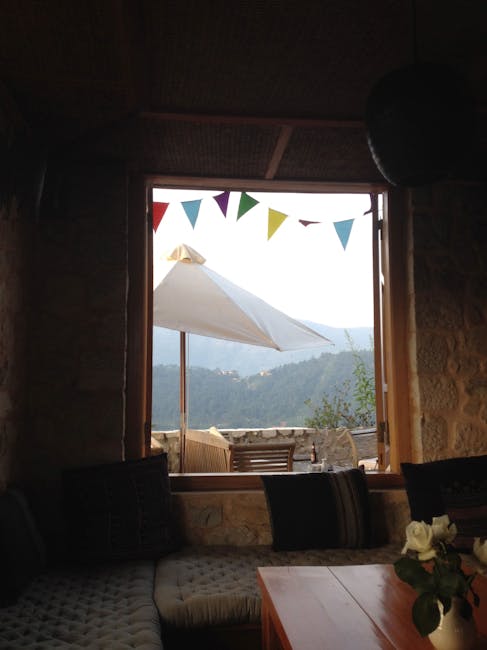A Quiet Place Part II: A Deeper Dive into the Sound of Silence and Survival
John Krasinski’s A Quiet Place Part II, a sequel to the critically acclaimed horror film, expands on the terrifying world of sound-sensitive creatures and the desperate struggle for survival. While the first film effectively built suspense through its minimalist approach, the sequel delves deeper into the characters’ backstories, expands the narrative scope, and offers a more nuanced exploration of themes like trauma, resilience, and the enduring power of family.
Expanding the Narrative Beyond the Abbott Family
A Quiet Place Part II doesn’t simply rehash the first film’s formula. It significantly broadens the narrative, showcasing the wider impact of the monstrous invasion on the world. The film introduces new characters and locations, offering glimpses into the experiences of others struggling to survive. This expansion not only adds layers of complexity to the established world but also provides opportunities for new scares and suspenseful sequences, going beyond the claustrophobic confines of the Abbott farmhouse.

Exploring the Pre-Invasion World: Understanding the Threat
One of the most significant departures from the first film is the inclusion of flashbacks that depict the world before the creatures arrived. These flashbacks offer valuable context, helping the audience understand the suddenness and chaos of the invasion and the initial struggle for survival. This backstory adds a layer of depth, humanizing the characters and emphasizing their resilience in the face of overwhelming odds.
Thematic Depth: Trauma, Resilience, and the Power of Family
Beyond the thrills and chills, A Quiet Place Part II delves into profound thematic explorations. The film directly addresses the trauma inflicted by the invasion, not only on the Abbott family but on the wider community. Evelyn Abbott’s (Emily Blunt) journey is a powerful depiction of a mother grappling with grief, loss, and the overwhelming responsibility of protecting her children in an unforgiving world. Her strength and determination serve as a testament to the enduring human spirit’s capacity for resilience.

The Enduring Power of Family: A Central Theme
The theme of family remains central to the narrative. The bond between Evelyn and her children, Regan (Millicent Simmonds), Marcus (Noah Jupe), and the newborn baby, acts as the emotional core of the film. Their unwavering loyalty and support for one another, even amidst the constant threat of danger, underscores the strength found in familial bonds and the lengths one will go to protect their loved ones. The film subtly explores the complexities of family dynamics, highlighting both the challenges and the deep love that unites them.
The Cinematic Experience: Sound Design and Visual Storytelling
Similar to its predecessor, A Quiet Place Part II masterfully employs sound design and visual storytelling to create a gripping and immersive cinematic experience. The use of silence, punctuated by sudden bursts of sound, keeps the audience on the edge of their seats. The film’s visual language, characterized by its careful framing and tense pacing, further amplifies the feeling of suspense and dread. The cinematography contributes significantly to building an atmosphere of constant anticipation and anxiety.
Expanding the Visual Landscape: Beyond the Farmhouse
The sequel moves beyond the confines of the Abbott farmhouse, offering a broader view of the ravaged world. The filmmakers utilize various locations to enhance the narrative and heighten the sense of danger. These diverse environments add visual interest and contribute to the film’s overall sense of scale and scope. The change of setting also introduces new challenges and obstacles for the characters to overcome.

Critical Reception and Box Office Success: A Quiet Place Part II’s Legacy
A Quiet Place Part II received generally positive reviews from critics, praising its suspenseful storytelling, strong performances, and expansion upon the original film’s themes. While some critics felt the plot could have been more developed, the consensus was generally favorable. The film’s box office performance also demonstrated its audience appeal, demonstrating that the franchise had successfully captured the imagination of a wider audience.
Comparing and Contrasting with the First Film
While A Quiet Place Part II maintains the core elements that made the first film a success, it manages to differentiate itself through its expanded scope, deeper thematic explorations, and introduction of new characters. The sequel expands upon the lore and world-building established in the first film, offering a richer and more complex cinematic experience.
The Future of the Franchise: Potential for Further Exploration
The success of A Quiet Place Part II has opened the door for further explorations within this chilling and suspenseful universe. There is potential for further sequels or spin-offs, potentially exploring different aspects of the creature invasion and the ongoing struggle for survival. The established world offers fertile ground for additional storytelling opportunities.
- Possible Spin-offs: Focusing on different survivor groups or delving deeper into the creatures’ origins.
- Sequels: Exploring the long-term consequences of the invasion and the evolution of human survival strategies.
- Expanded Universe: Developing the lore and background of the world, potentially through novels, comics, or video games.
A Quiet Place Part II is more than just a sequel; it’s a testament to the power of effective storytelling, suspenseful filmmaking, and the enduring appeal of the human spirit’s ability to overcome adversity. The film leaves a lasting impression, leaving audiences contemplating the fragility of life and the strength of the human bond in the face of unimaginable horrors.

